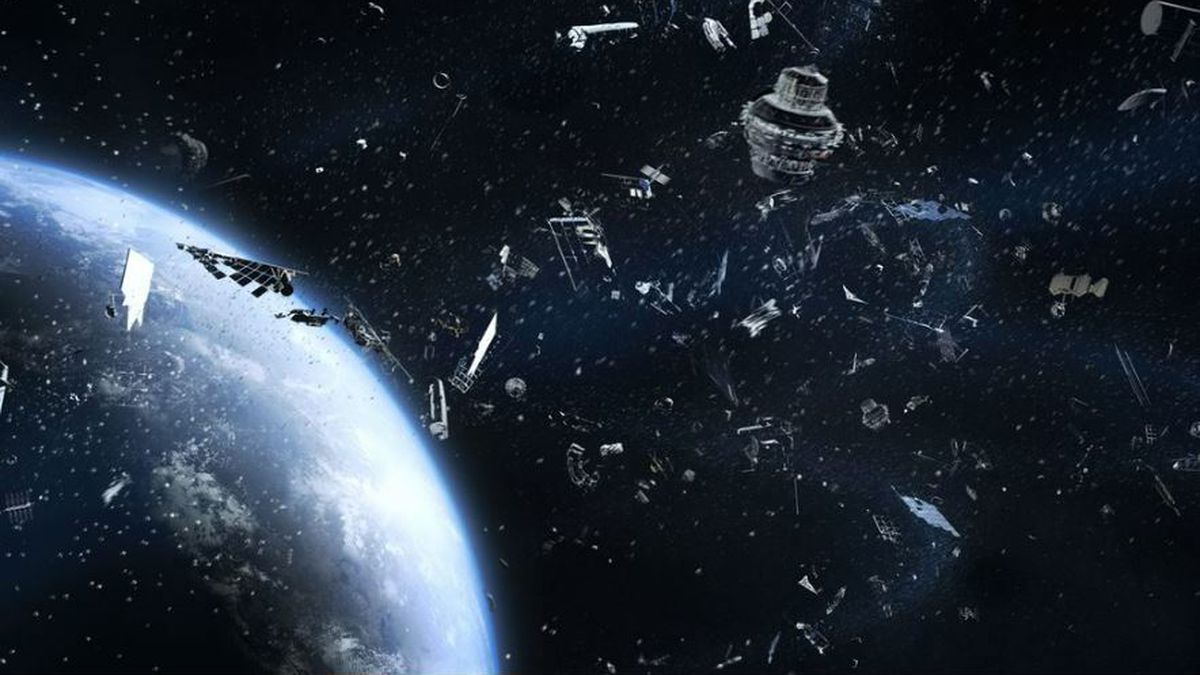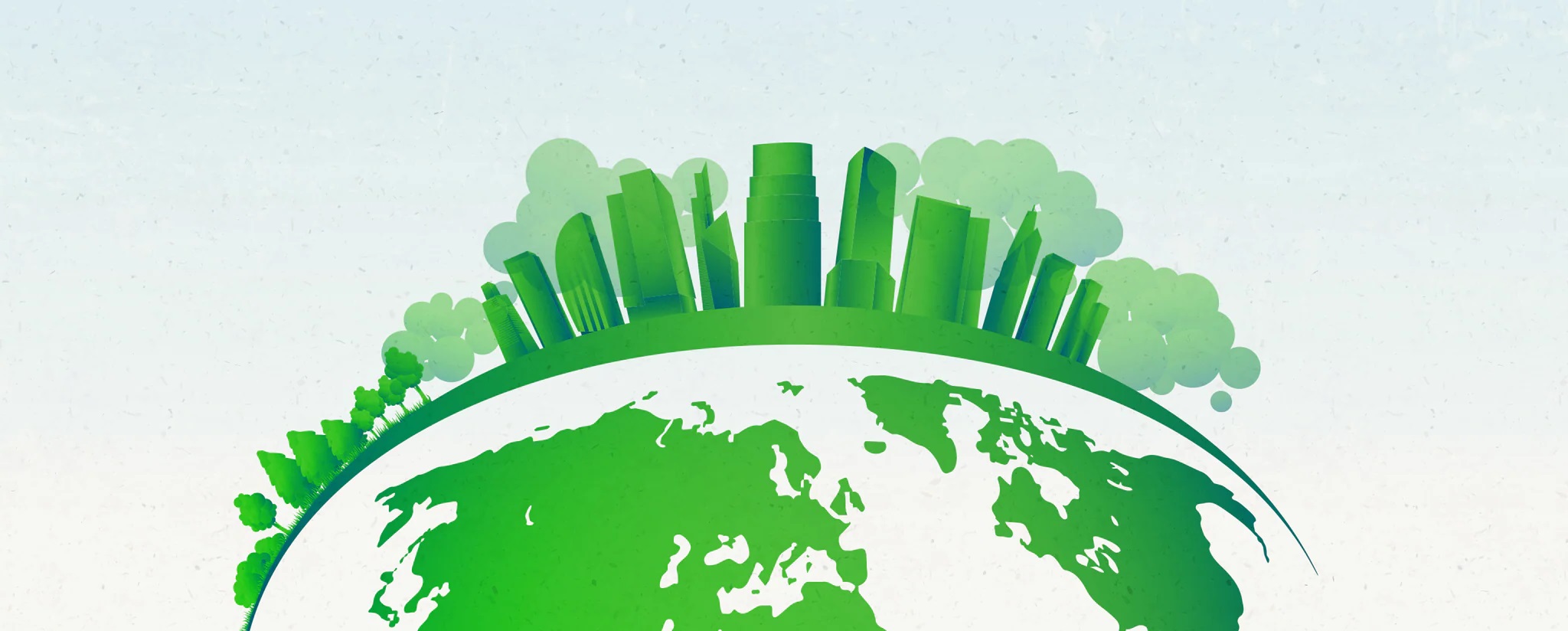
Space debris collisions may sound like something out of a science fiction movie, but they are a real and growing concern in the world of astronomy and space exploration. As our fascination with space and our reliance on satellite technology continue to increase, so does the amount of debris orbiting our planet. From defunct satellites to spent rocket stages and even fragments from previous collisions, space debris poses a significant threat to both human activities in space and the future of space exploration.
In this article, we will delve into 15 astonishing facts about space debris collisions that will leave you awe-inspired and with a greater understanding of the challenges we face as we venture further into the cosmos. From the mind-boggling numbers of space debris objects to the potential consequences of an uncontrolled collision, prepare to be amazed by the hidden dangers lurking above our heads.
Key Takeaways:
- Space debris is a growing problem that threatens satellites and astronauts. Scientists are working on cool ways to clean up the mess and make space safer for future exploration.
- Even small bits of space junk can cause big damage. But don’t worry, smart people are coming up with awesome ideas to track, remove, and prevent space debris collisions.
Ever-increasing Space Debris Population
The number of space debris objects in orbit continues to grow exponentially, posing a significant threat to satellites, spacecraft, and even the International Space Station.
Size Doesn’t Matter
Even small-sized space debris, when traveling at high velocities, can cause severe damage to satellites due to their kinetic energy.
The Kessler Syndrome
The Kessler Syndrome refers to a hypothetical scenario where the density of space debris is so high that collisions between objects could generate a cascading effect, leading to an uncontrollable chain reaction of collisions.
Risk for Astronauts
Astronauts working outside the spacecraft during spacewalks are at risk of being struck by small debris traveling at incredible speeds, making space debris collisions a serious concern for human space exploration.
Tracking and Monitoring
Space agencies around the world meticulously track and monitor space debris using radar systems and telescopes to predict potential collisions and protect active satellites.
Debris Mitigation Guidelines
International entities and organizations, such as the United Nations Office for Outer Space Affairs, have established guidelines to encourage the implementation of practices that minimize the creation and impact of space debris.
The Cost of Space Debris
The prevalence of space debris not only jeopardizes space missions but also incurs significant financial costs for satellite operators as they need to deploy additional measures to safeguard their assets.
Collisions Are Unpredictable
Despite tracking efforts, predicting the exact occurrence of space debris collisions is still challenging due to the vast number of orbiting objects and their continuously changing trajectories.
Space Debris Origins
Space debris consists of various objects, including spent rocket stages, defunct satellites, discarded equipment, and fragments from satellite collisions or explosions.
Hypervelocity Impact
Space debris collides with other objects at hypervelocity, meaning the impact occurs at speeds exceeding 17,500 miles per hour (28,000 kilometers per hour).
Potential Threat to Future Space Exploration
The accumulation of space debris poses a potential hindrance to future space exploration, increasing the risk of collisions and potentially limiting the accessibility of certain orbits.
Active Debris Removal
Efforts are underway to develop technology for active debris removal, including methods such as netting, harpooning, and using robotic arms to capture and deorbit space debris.
Space Traffic Management
Space agencies and international organizations are exploring the development of space traffic management systems to regulate and coordinate spacecraft and satellite operations, reducing the risks of space debris collisions.
Time Frame for Debris Removal
Removing existing space debris from orbit is a complex and time-consuming process that will require international collaboration and advanced technology.
Future Strategies
Scientists and engineers are actively researching innovative strategies to mitigate space debris, including concepts like self-destructing satellites and materials that burn up upon reentry.
Conclusion
In conclusion, the issue of space debris collisions is a significant concern for space agencies and astronomers alike. The accumulation of space debris poses a serious threat to satellites, spacecraft, and even the International Space Station. As showcased by the 15 astonishing facts discussed in this article, the problem is far more complex and perilous than one might initially assume.From the astronomical number of debris particles orbiting Earth to the incredible speeds at which these objects travel, the dangers they present to our space activities are clear. The potential for catastrophic collisions and the resulting cascading effect of even more debris highlight the urgent need for effective debris mitigation measures.Fortunately, space agencies around the world are actively working on solutions to tackle this growing problem. Whether through the development of debris removal technologies or the implementation of stricter regulations for satellite operators, efforts are underway to minimize the risks associated with space debris collisions.As we continue to explore and utilize outer space, it is crucial that we prioritize the sustainability and cleanliness of our orbital environment. By understanding the astonishing facts about space debris collisions, we can raise awareness and contribute to the preservation of our precious cosmic neighborhood.
FAQs
Q: What is space debris?
A: Space debris refers to man-made objects that are in orbit around the Earth but no longer serve any useful purpose. This can include defunct satellites, spent rocket stages, and fragments from previous satellite collisions or explosions.
Q: How does space debris form?
A: Space debris is primarily generated through human activities in space, such as satellite launches, operational activities, and accidents. These activities can result in the fragmentation and dispersion of objects, adding to the growing population of space debris.
Q: Why are space debris collisions concerning?
A: Space debris colliding with operational satellites or spacecraft can cause significant damage or even complete destruction. Moreover, these collisions can create more debris, triggering a chain reaction known as the Kessler Syndrome, which poses a severe threat to future space missions.
Q: How common are space debris collisions?
A: While space debris collisions are relatively rare, there have been several notable incidents over the years. As the number of objects in space increases, the risk of collisions also grows. It is crucial to mitigate this risk to ensure the long-term sustainability of space activities.
Q: How do we monitor and track space debris?
A: Space agencies, such as NASA and ESA, employ a range of tracking systems and ground-based radars to monitor and track space debris. These systems help in predicting potential collisions and enable spacecraft operators to take evasive actions when necessary.
Q: Can space debris be removed?
A: Yes, there are ongoing efforts to develop technologies for the removal of space debris. Ideas include using robotic spacecraft to capture and deorbit debris or designing satellites with self-destruct capabilities to minimize the accumulation of space junk.
Q: What can individuals do to contribute to the solution?
A: Individuals can contribute by supporting space agencies’ initiatives for debris mitigation and raising awareness about the issue. Additionally, responsible disposal of electronics and reducing waste on Earth can indirectly help mitigate the creation of space debris.
Q: Are there any international regulations on space debris?
A: Yes, there are international guidelines and agreements, such as the Space Debris Mitigation Guidelines, that provide recommendations for the safe and sustainable use of outer space. Additionally, some countries have enacted national regulations to address the issue of space debris.
Q: What are the potential implications of not addressing space debris collisions?
A: Failing to take action to mitigate space debris collisions could lead to a future where the Earth’s orbit becomes so cluttered that space activities, such as satellite launches and space exploration, are significantly hindered or even rendered impossible.
Q: How can space agencies prevent space debris collisions?
A: Space agencies implement measures to prevent space debris collisions, including rigorous mission planning, satellite disposal protocols, and designing satellites to limit the production of debris. Cooperation and adherence to international guidelines are essential in ensuring the effectiveness of these efforts.
Space debris collisions pose significant dangers, but understanding collision avoidance strategies and impact analysis techniques can help mitigate risks. Delving into the intricacies of debris collision avoidance reveals fascinating insights into the measures taken to protect satellites and spacecraft. Moreover, exploring the complex world of space debris impact analysis sheds light on the cutting-edge methods used to assess potential damage and develop robust protective measures. By expanding your knowledge in these areas, you'll gain a deeper appreciation for the challenges and solutions involved in safeguarding our cosmic endeavors.
Was this page helpful?
Our commitment to delivering trustworthy and engaging content is at the heart of what we do. Each fact on our site is contributed by real users like you, bringing a wealth of diverse insights and information. To ensure the highest standards of accuracy and reliability, our dedicated editors meticulously review each submission. This process guarantees that the facts we share are not only fascinating but also credible. Trust in our commitment to quality and authenticity as you explore and learn with us.


